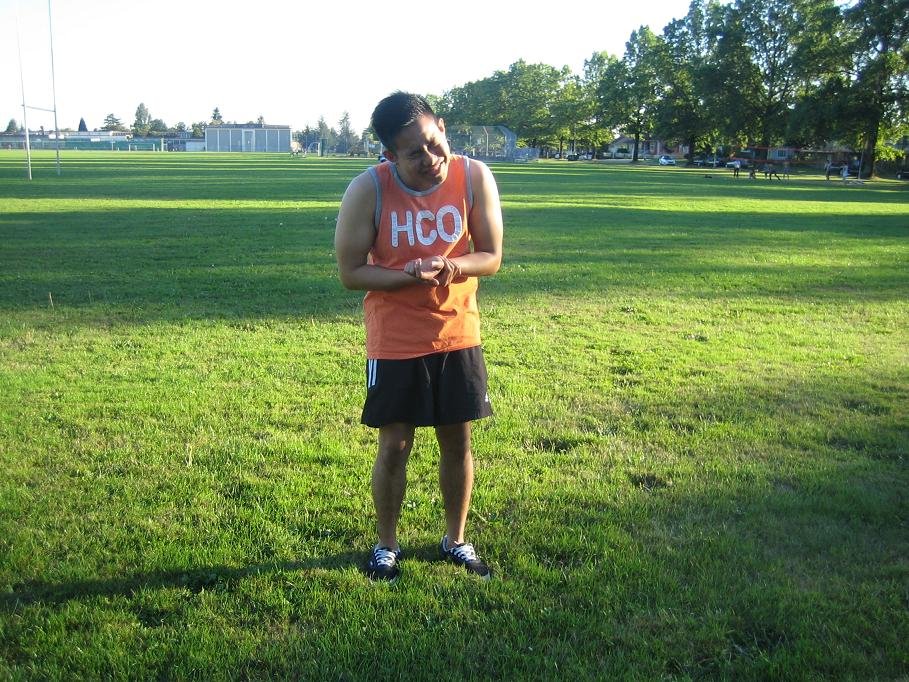A snake bite is characterized by 2 puncture wounds from the fangs of a snake. Sometimes, poisoning can occur from the bite which depends on the type of snake, affected area of the body, amount of venom injected and the health of the person. Snake bites can be dangerous among children.
Snakes that usually deliver poisonous bites include vipers, elapids and sea snakes. Some snakes do not have venom and kill their victim by squeezing them. A bite from a harmless snake can trigger an allergic reaction among sensitive individual or an infection. Venomous snakes can trigger swelling, convulsion, pain, nausea and even paralysis of the body after delivering a bite.
Symptoms of a snake bite
- Presence of fang marks or swelling at the bite site
- Bloody discharge from the wound
- Severe pain at the bitten area
- Burning sensation
- Fever
- Blurred vision and dizziness
- Excessive sweating
- Diarrhea
Minimize movement and keep the affected area lower than the level of the heart to lessen the flow of the venom. - Weakness
- Fast heart rate
- Nausea and vomiting
- Loss of muscle coordination
- Convulsion
- Fainting
- Numbness and tingling sensations
Treatment
- Keep the individual calm and quiet. Minimize movement and keep the affected area lower than the level of the heart to lessen the flow of the venom.
- Remove any tight clothing, jewelry and other constricting items since the bite site can swell. Bites from a venomous snake can cause severe swelling of the bite site.
- Allow the affected area to freely bleed for around 15-30 seconds. Clean the wound properly and avoid flushing water on it. After cleaning the area, cover it with a clean cloth.
- Make a loose splint to prevent unnecessary movement of the area. Use sticks or boards and put them on the side of the bite site and tie with a small piece of cloth at the bottom, middle and top of the stick to secure in place.
- Monitor the vital signs of the person such as the body temperature, breathing rate, pulse and blood pressure. In addition, monitor the color of the skin.
- Watch for any signs of shock such as clammy skin, sweating or shallow breathing.
Tips
- Do not use a suction device.
- Avoid using the mouth in extracting venom from the bitten area.
- Avoid capturing the snake. Simply note down the color or marking on the body of the snake or take pictures.
- Do not apply a cold compress on the bite site to prevent any disruptions in the blood circulation to the area that can result to a loss of limb.
- Avoid giving food or liquids on the individual.
- Avoid performing strenuous physical activities. Allow the person to walk slowly from the area he/she was bitten to prevent overexertion.
Quick Note / Disclaimer
The material posted on this page on snake bites is for learning and educational purposes only. To learn to provide proper wound care on snake bites, register for a standard first aid course with one of our training providers.
FACT CHECK
https://en.wikipedia.org/wiki/Snakebite

